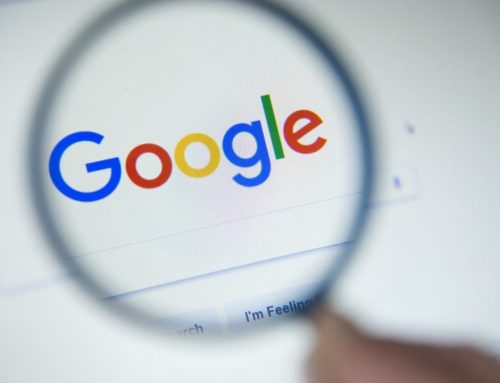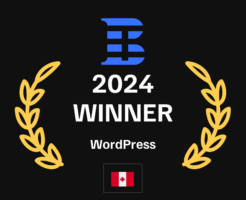Local SEO has changed a lot over the past few years, and many people still have a lot of misconceptions about this topic. In 2015, Google changed their rankings in the map pack from 7 to 3. While it is now easier to get into the map pack, we also have to put in a little more effort when it comes to generalized SEO. To be found in the map pack, you need to focus on links and organic SEO.
In 2016, Google deployed its Possum update, which made it much more important for users to be close to their location. In a nutshell: the customized results that you see in the map back are based on your proximity, not just how well your SEO is doing.
Today, a big part of local SEO revolves around links and local content, so don’t fret if a potential client is trying to find you but isn’t actually nearby. If you do a search in Google, the top spot is the map pack, followed by directory listings, followed by organic search results.
Your top priority is your generalized SEO. Making sure you have high-quality inbound links, blog content and reviews are already a step in the right direction. The directory listings refer to websites like TripAdvisor and Yelp. Contrary to popular belief, directory listings and reviews don’t necessarily hold as much weight as the map pack and organic search results.
The organic search results under the directory listings is where the old school, tried and tested link building and SEO techniques can come in. When Google sees you are regularly updating your website with blog content and that authoritative websites are linking to your content, you will be able to sustainably increase your organic search results.
Need help with your local SEO? Thencontact The Digital Marketing People today.













Leave A Comment